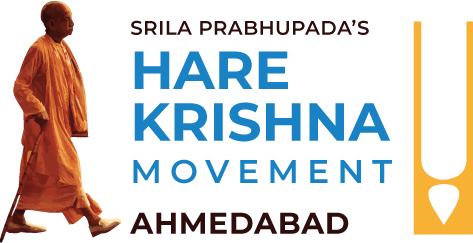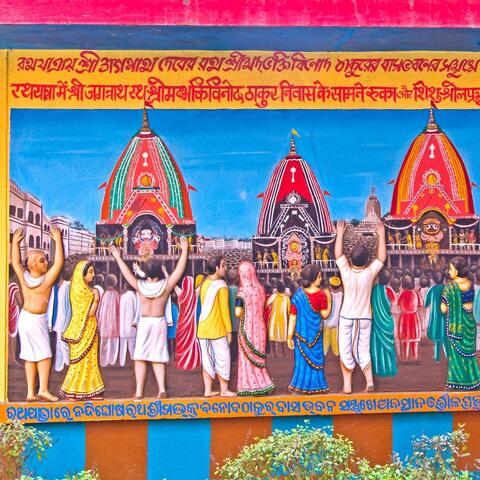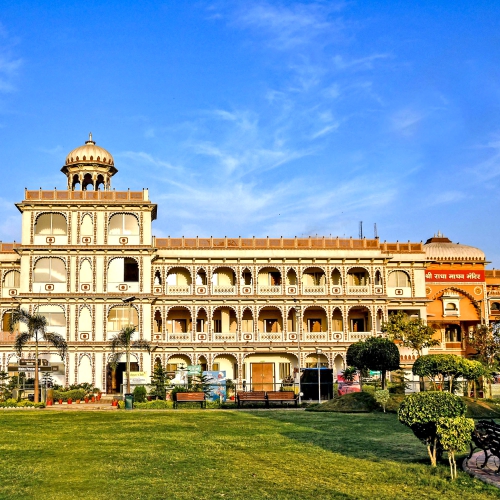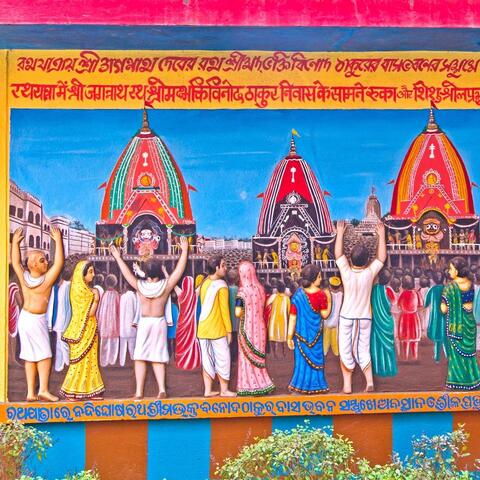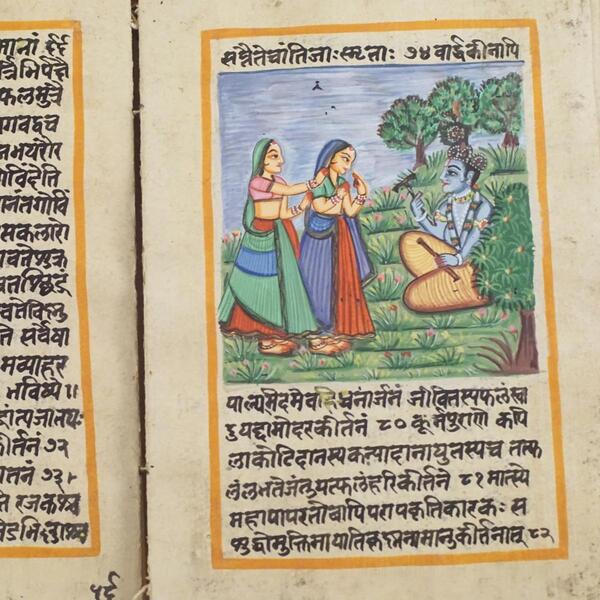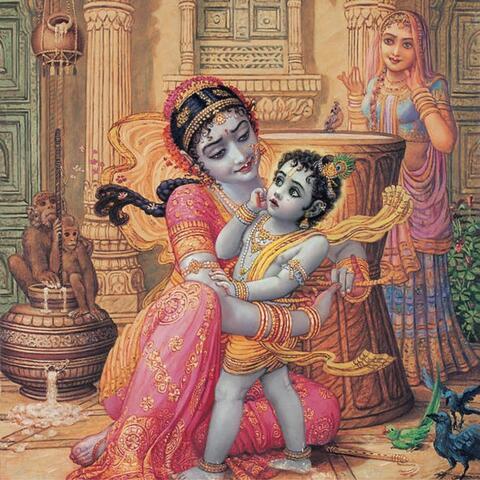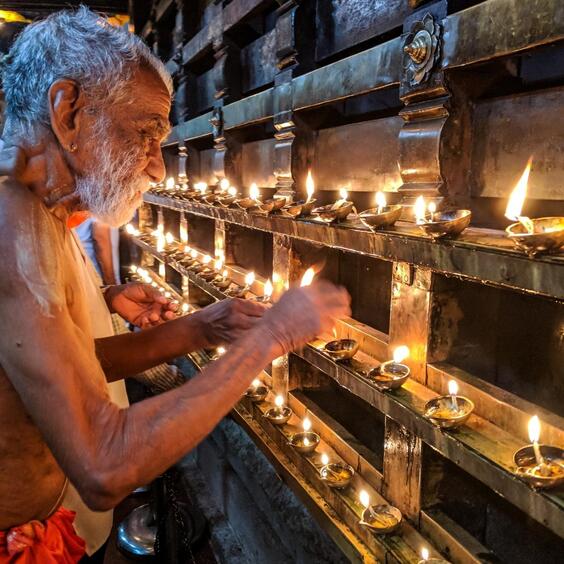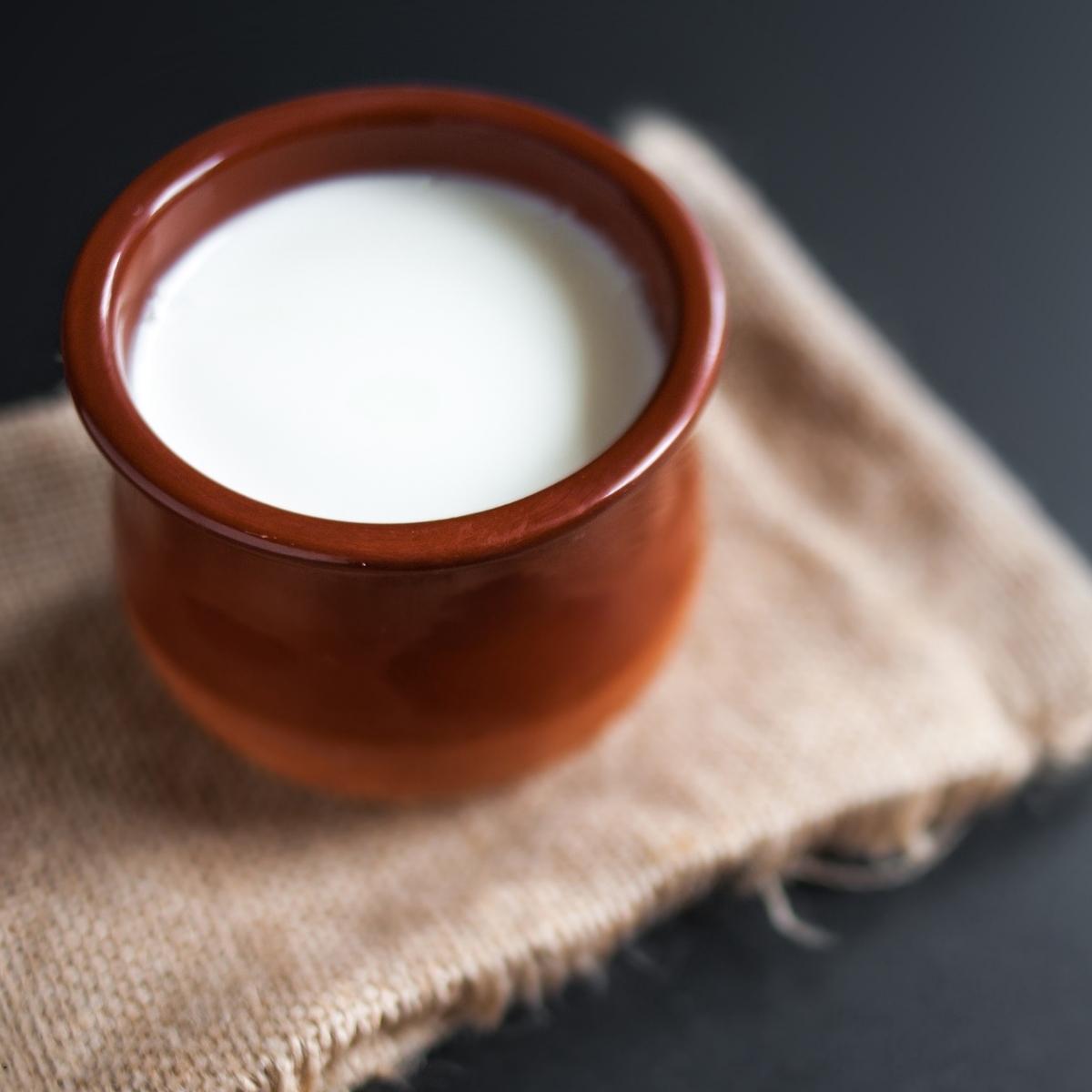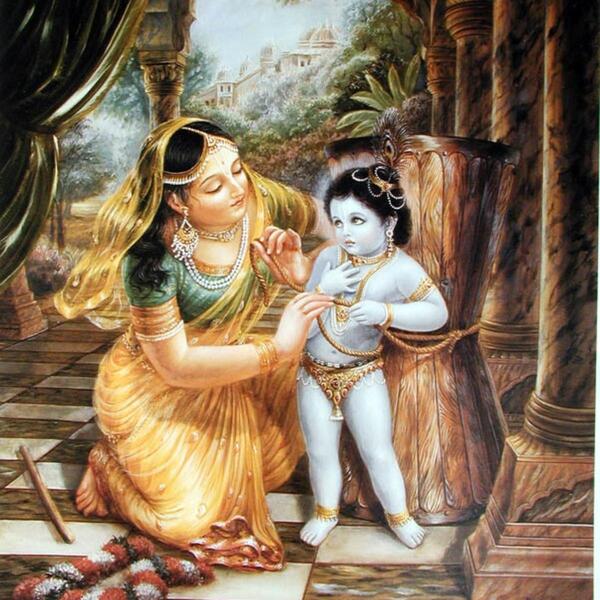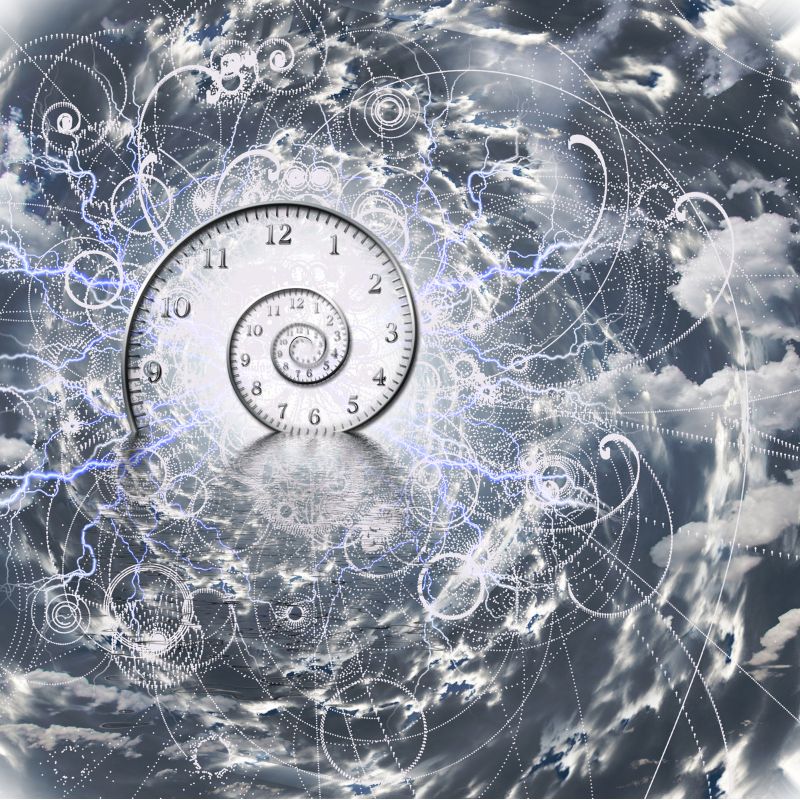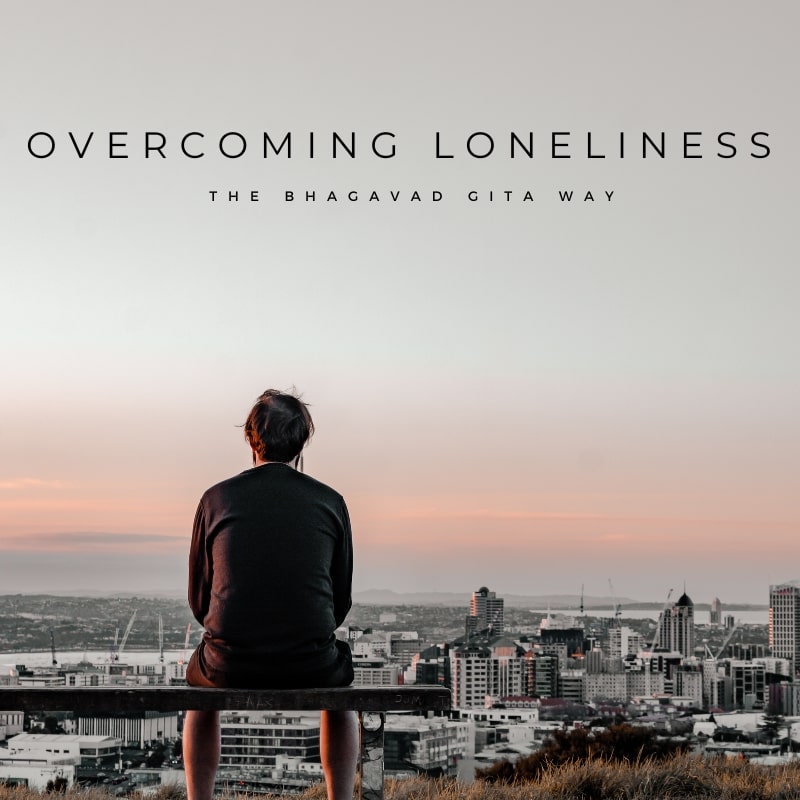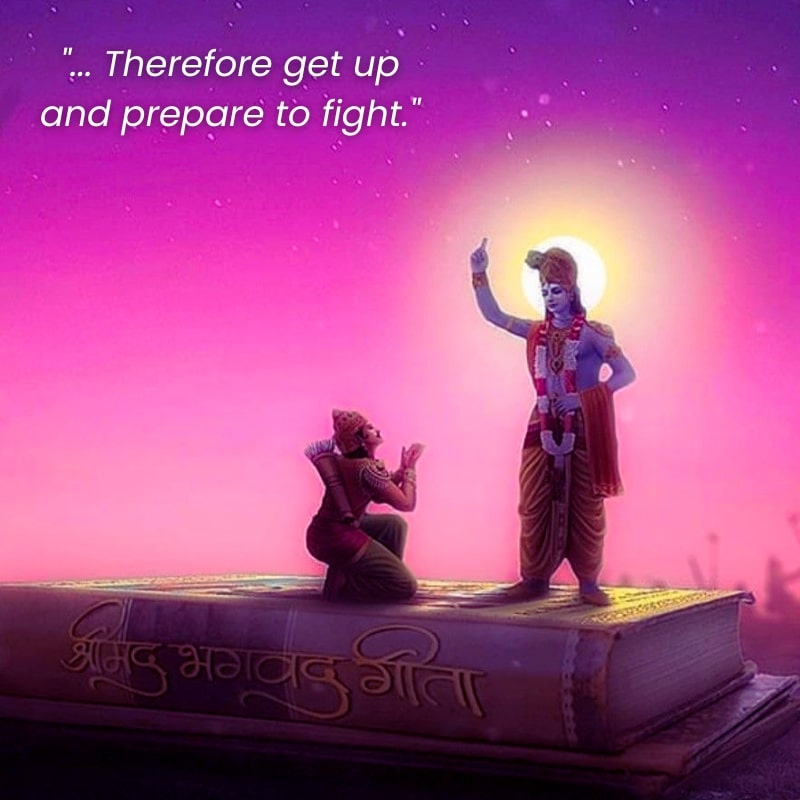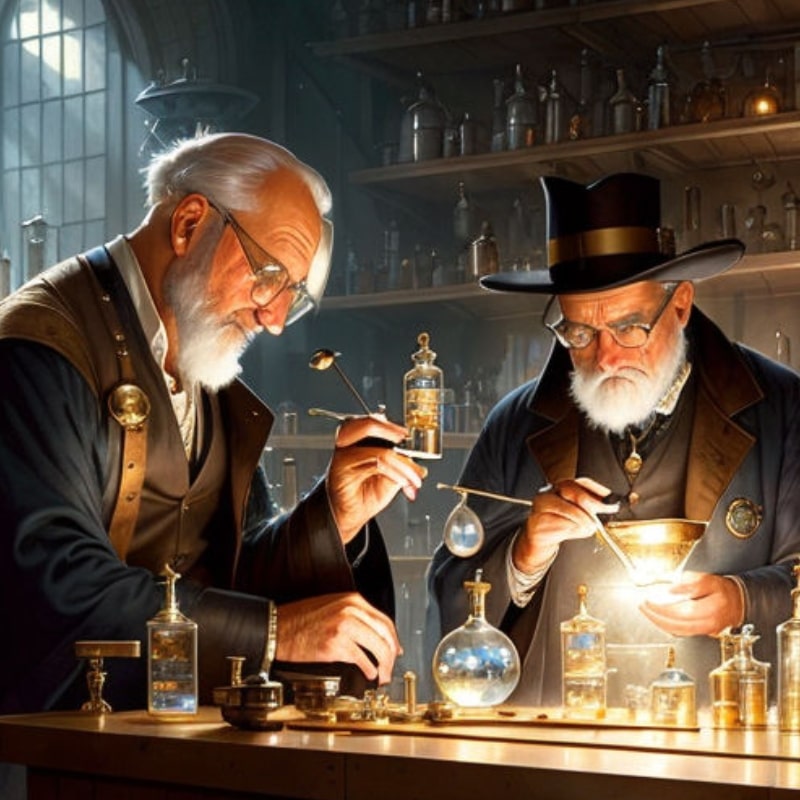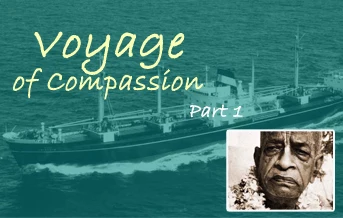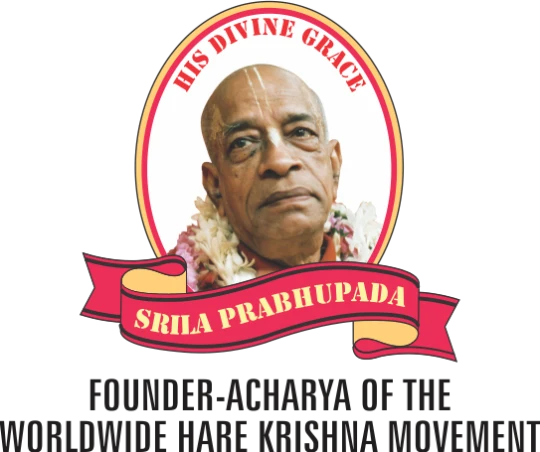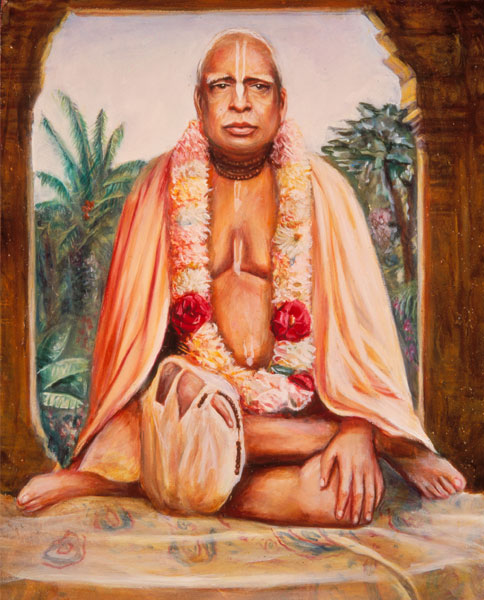Lord Jagannath travels from His Sri Mandira (temple in Jagannath Puri or Niladri), to His garden temple, Gundicha, located in Sundarachala. This temple is situated two miles north-east of the Jagannatha Temple. The residents of Odisha, hence, refer to this festival as Gundicha Yatra. When Lord Krishna went to Mathura and from there to Dvaraka, the gopis of Vrindavana were feeling separation from Him. They did not go with Him because they did not like the opulence of Dvaraka. They wanted to enjoy with Krishna as Shyamasundara in the groves of Vrindavana. Once the gopis of Vrindavana headed by Radharani met Krishna at Kurukshetra during the solar eclipse. They wanted to take Krishna back to Vrindavana. They pulled the chariot of Krishna, Balarama and Subhadra and walked towards Vrindavana. Ratha Yatra symbolizes this mood of devotees and the Gundicha temple symbolizes Vrindavana. Thousands of devotees pull the grand chariots accompanied by the sounding of conches, trumpets, drums and cymbals. Musicians and dancers perform for the pleasure of the Lord in front of the chariots.
Snana Yatra, the bathing ceremony of Lord Jagannath takes place a fortnight before, on Jyeshtha Purnima (the full moon day in the month of Jyeshtha). The Deities of Jagannath, Baladeva, Subhadra, Sudarshana and Madana-mohana (the utsava vigraha) are brought to the snana-vedi and ceremonially bathed with 108 pots of sanctified water drawn from the well situated in the northern side of the temple. After the bathing ceremony, Lord Jagannath apparently becomes sick and moves into His private apartment. For a period of fifteen days no one can see Him. This is called anavasara. The renovations are made on the body of the Jagannath Deity at this time. This is called nava-yauvana (to indicate that the Deity of Jagannath is being restored to youth again). Once again the Lord gives darshana to the public on the day of Ratha Yatra ceremony.
After being treated for fifteen days in seclusion, the Lord appears in front of His devotees in His ever-youthful form on the day of Ratha Yatra. He is taken in procession to the chariot. This ceremony is called Pahandi Vijaya. The Gajapati King personally cleans the road with a gold-handled broom and sprinkles scented water and sandalwood powder, a tradition which is followed from the time of Sri Chaitanya Mahaprabhu when Maharaja Prataparudra took up this menial service to Lord Jagannath. By accepting such a humble attitude Maharaja Prataparudra pleased Chaitanya Mahaprabhu. The descendants of Maharaja Prataparudra remember his example. Even today, before the Ratha Yatra starts, the king of Odisha takes a gold-handled broom and sweeps the road in front of Lord Jagannath’s chariot. Devotees perform grand sankirtana in front of the Ratha. The chariot of Baladeva, Taladhvaja, moves first, followed by the chariot of Subhadra Devi. The Nandighosha chariot of Lord Jagannatha comes in the last. Varieties of foodstuff is cooked and offered to the Lord and the same is distributed as prasadam to the public. Thus the Lord reaches the Gundicha temple. He stays there for a week.
Lord Jagannatha leaves His Sri Mandira with His brother and sister. On the fifth day, Goddess Lakshmi starts worrying about her husband. She personally goes to Gundicha Mandir to call her husband back home to the Sri Mandira. The Lord agrees to return soon and gives her agya mala (the garland of consent). To vent out her anger, Lakshmi devi orders her attendants to break the Nandighosha ratha. This ceremony is known as Ratha-bhanga. However due to fear of the repercussions of her angry act, she hides behind a tamarind tree outside Gundicha temple and secretly escapes through another lane to her home temple at Sri Mandira.
